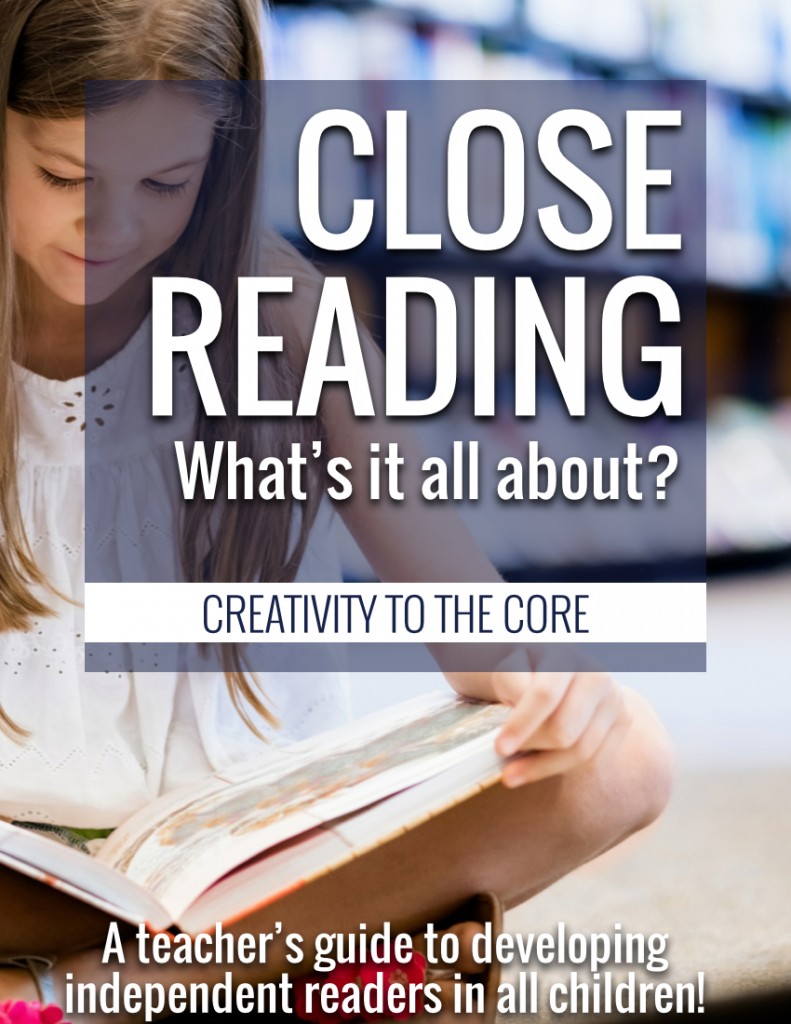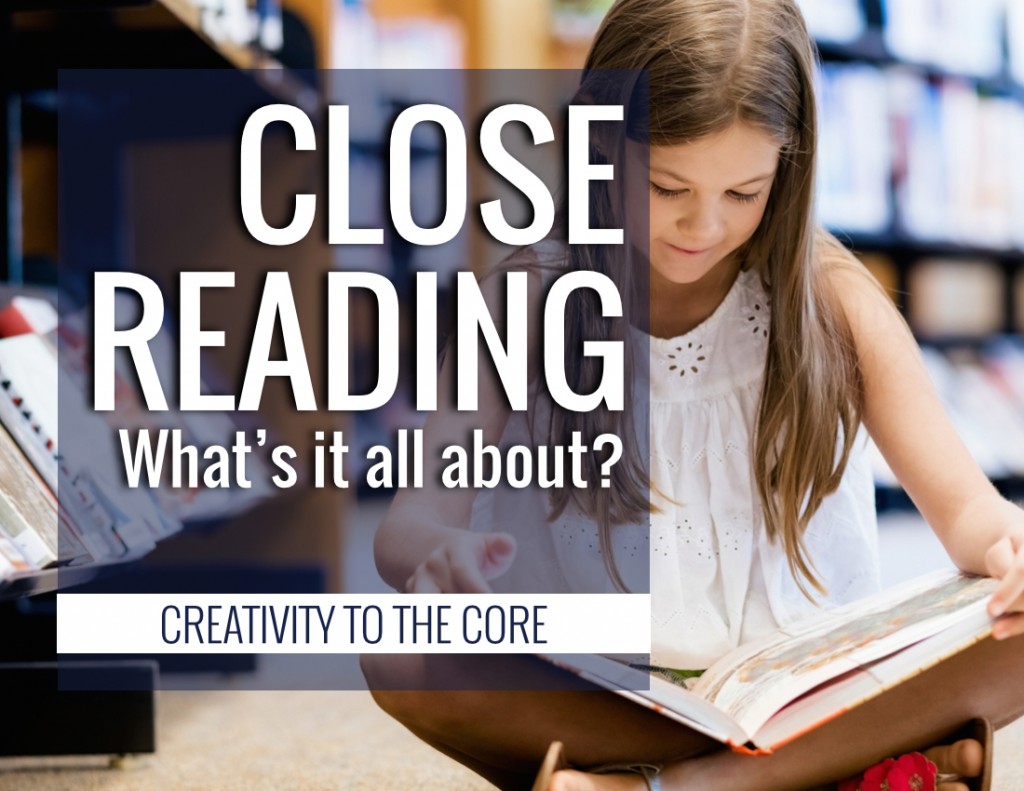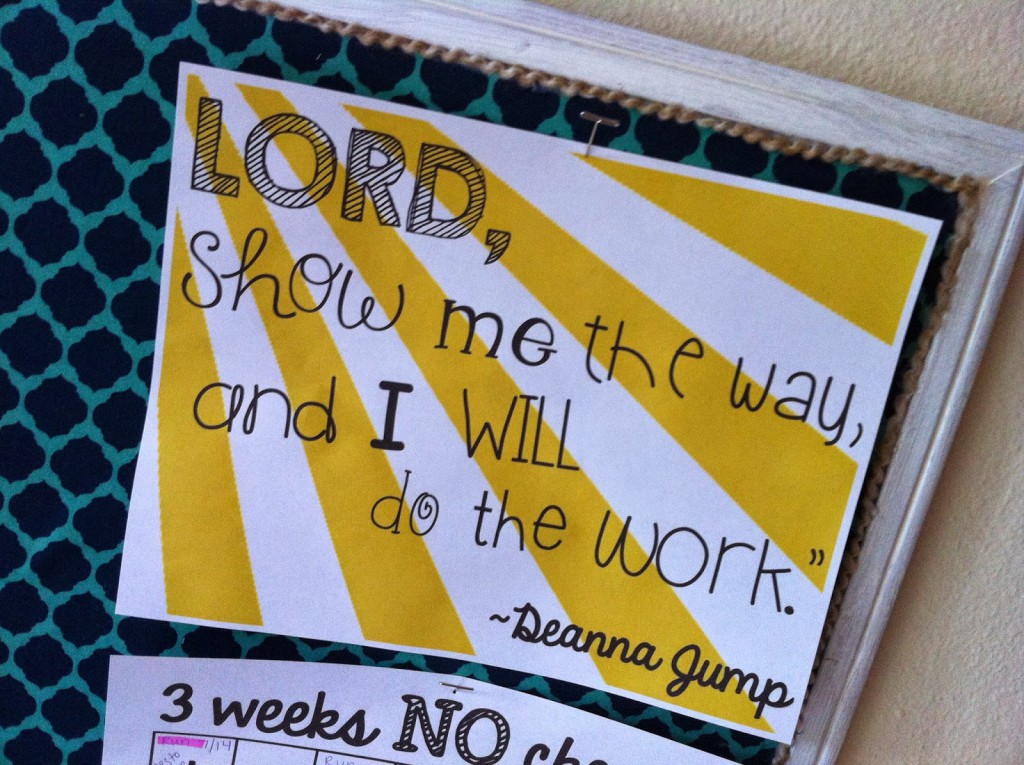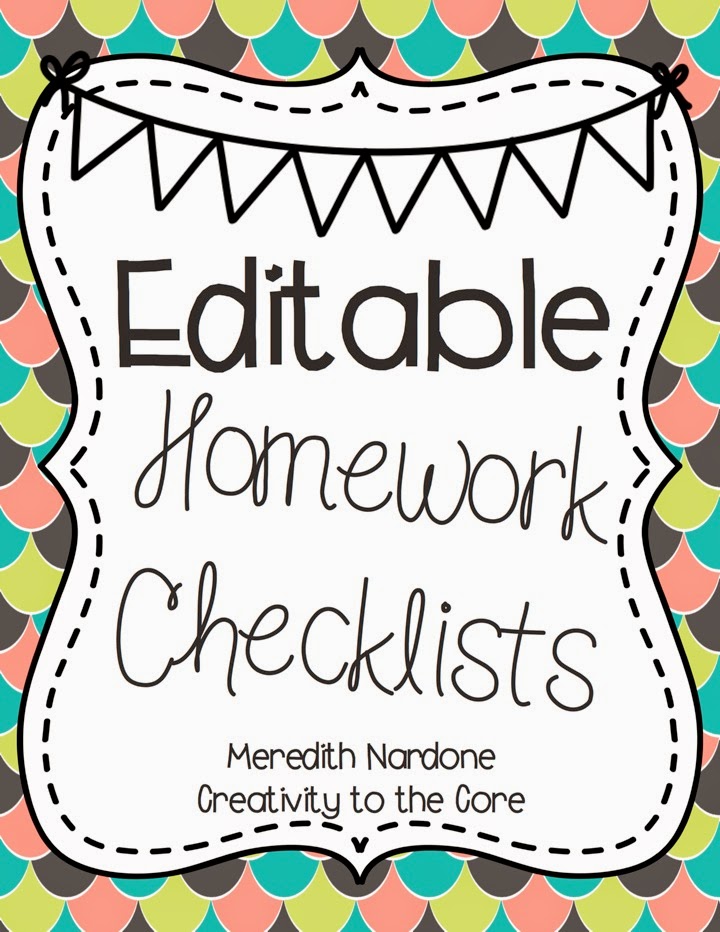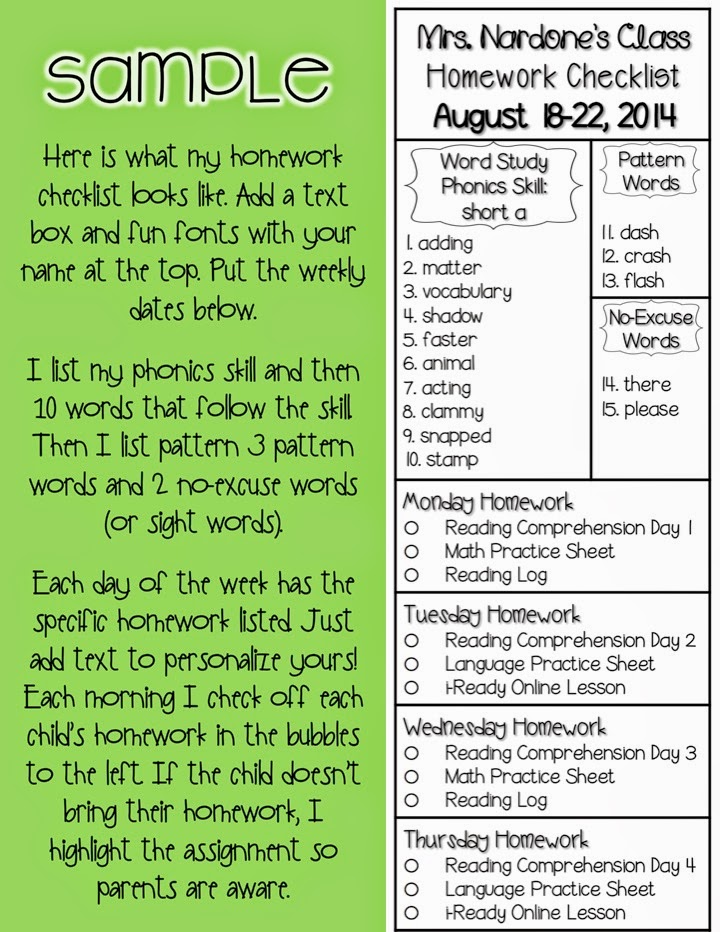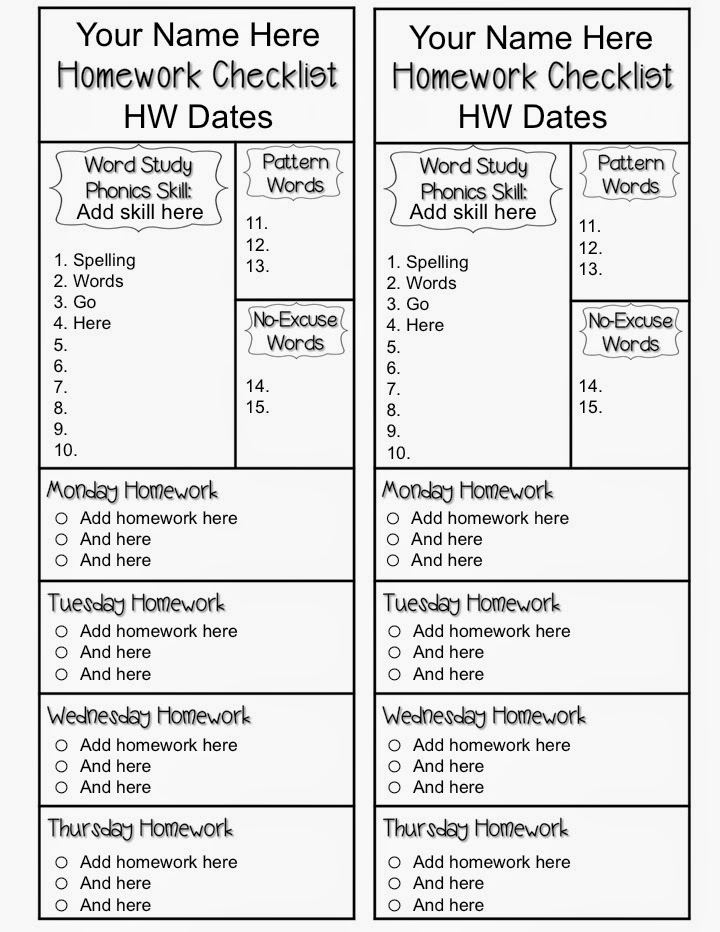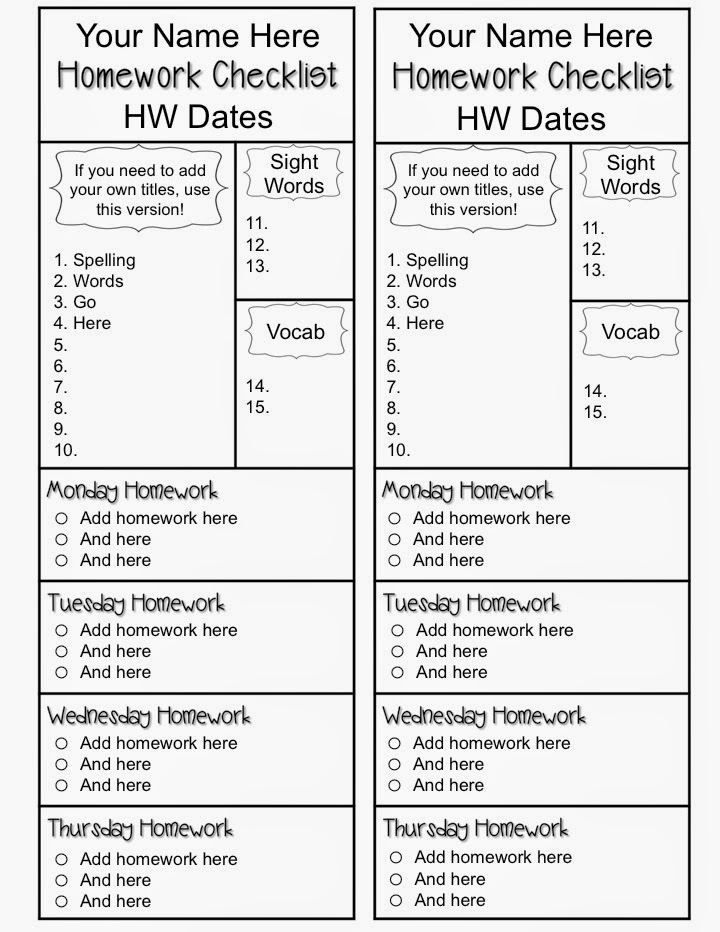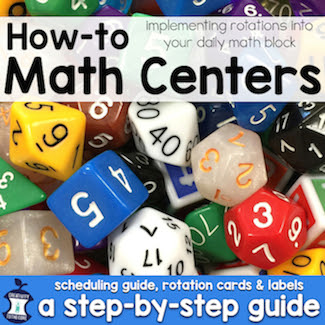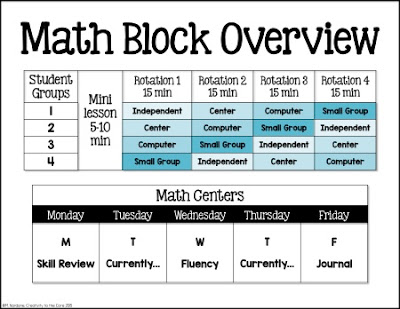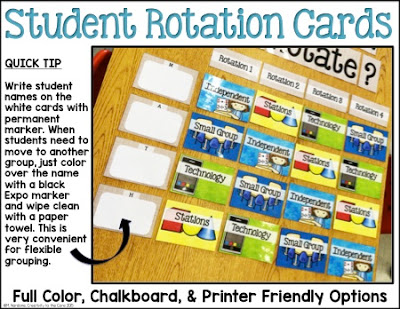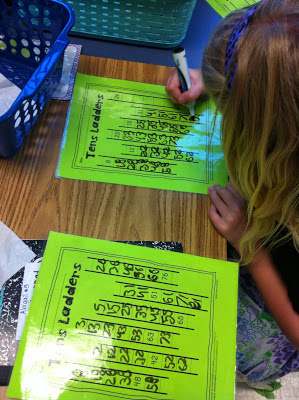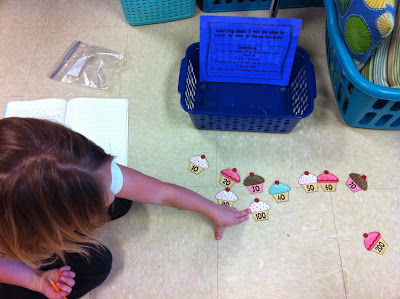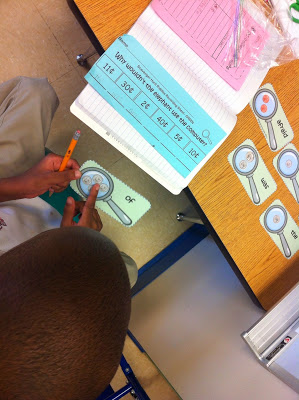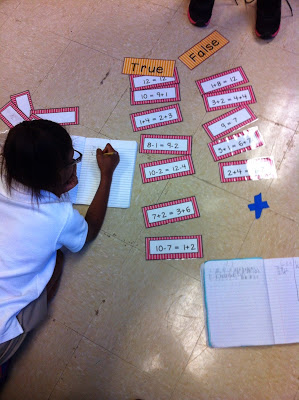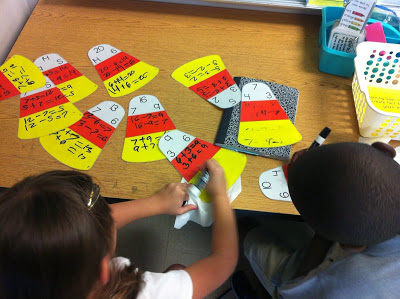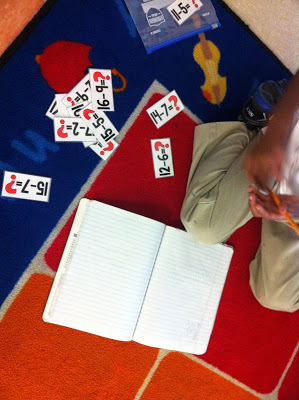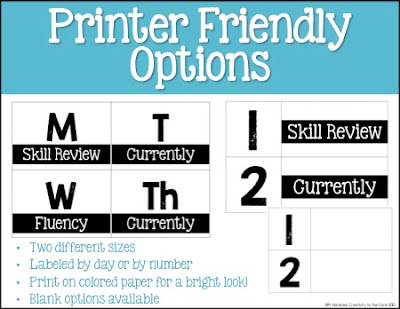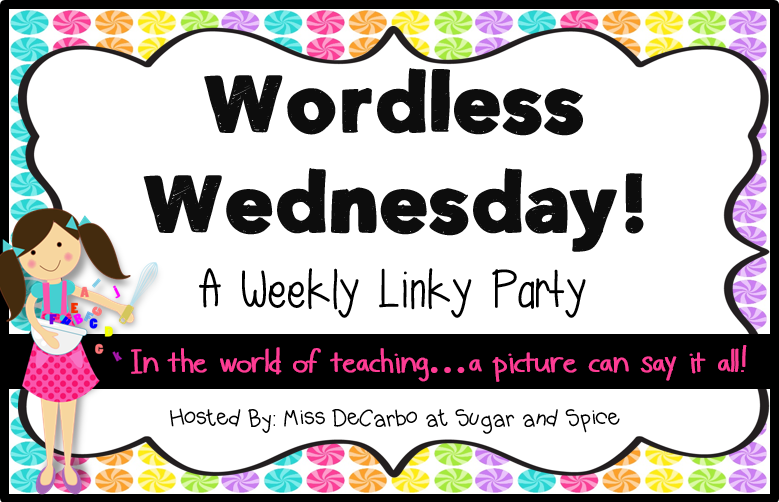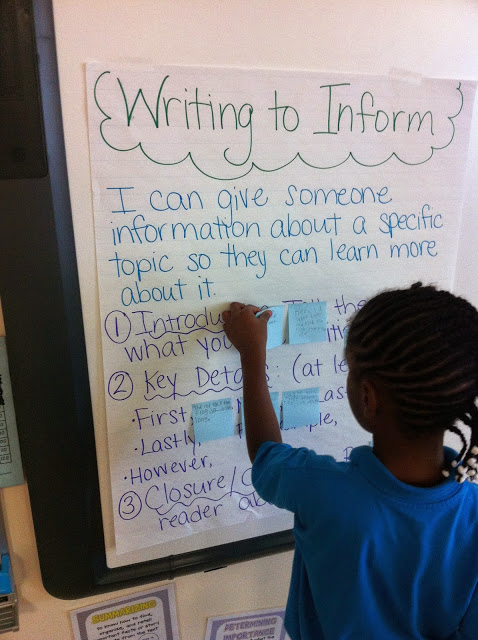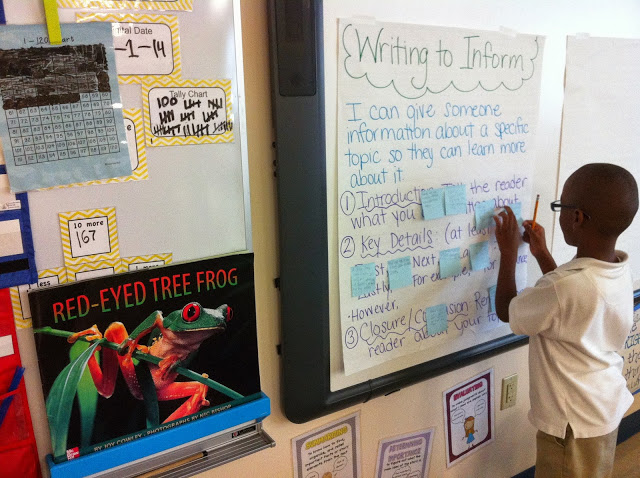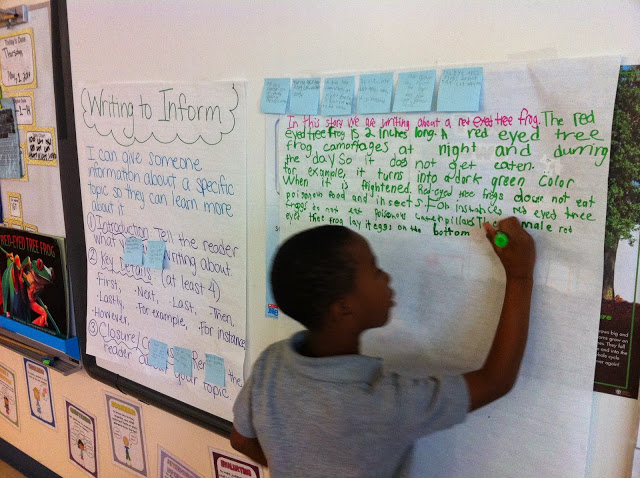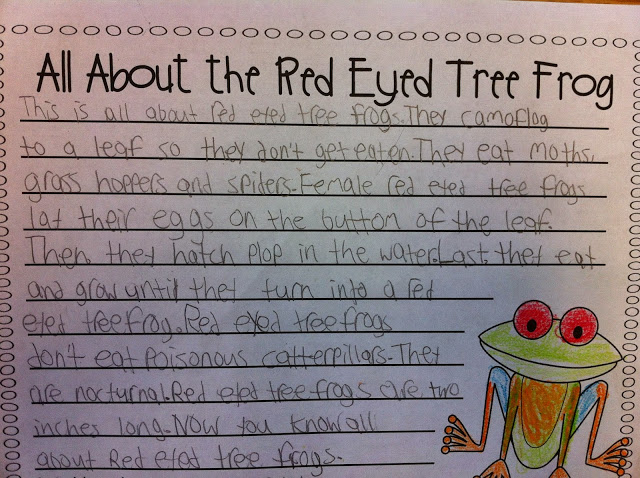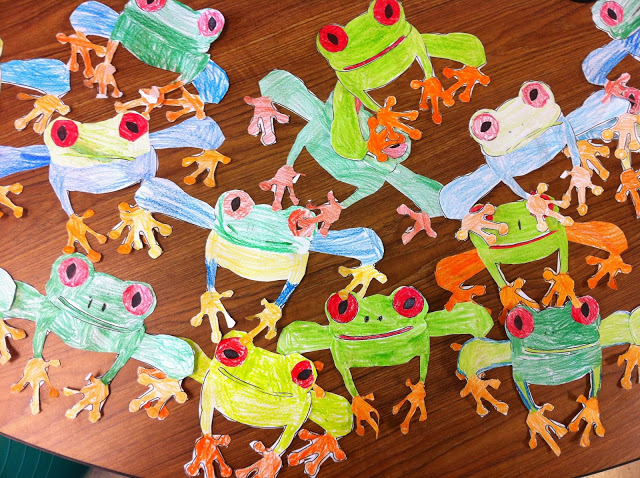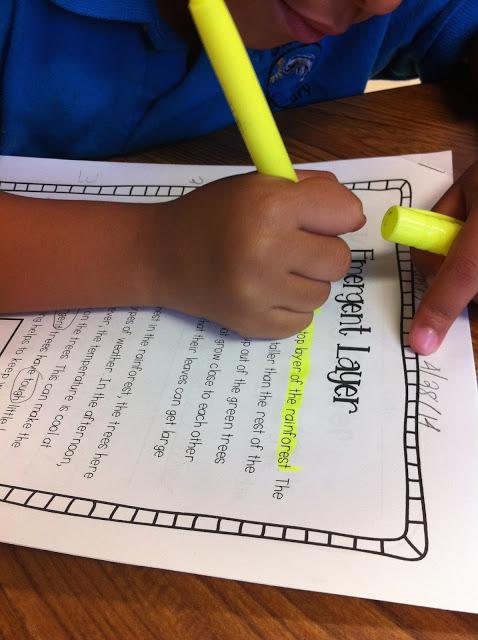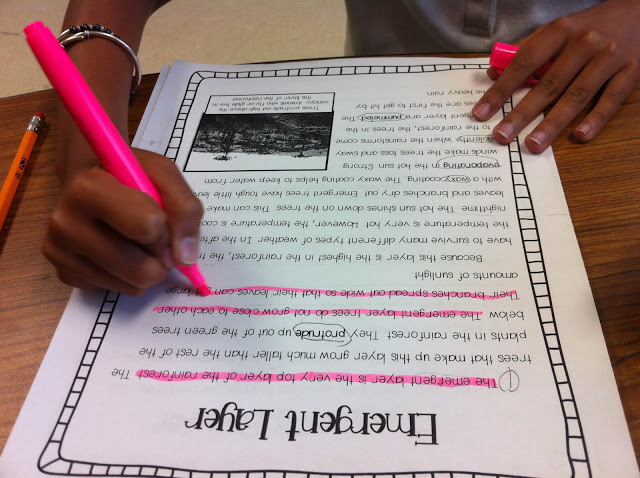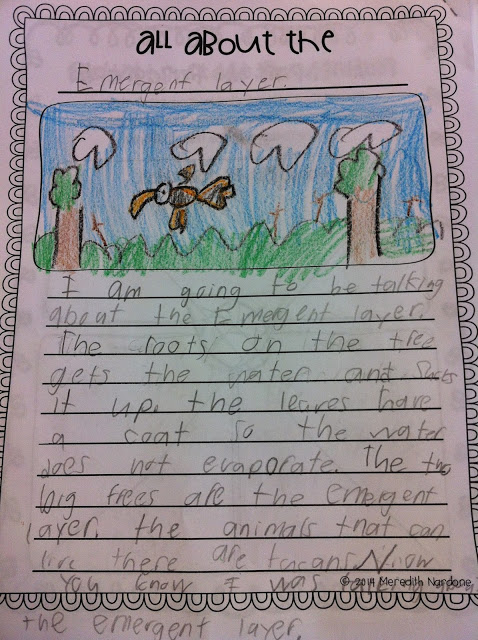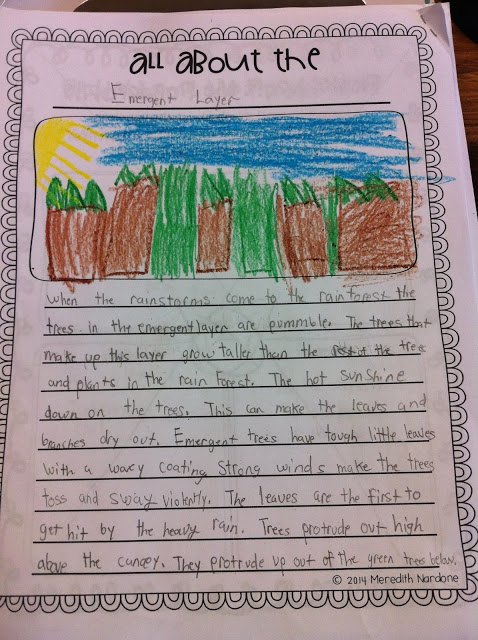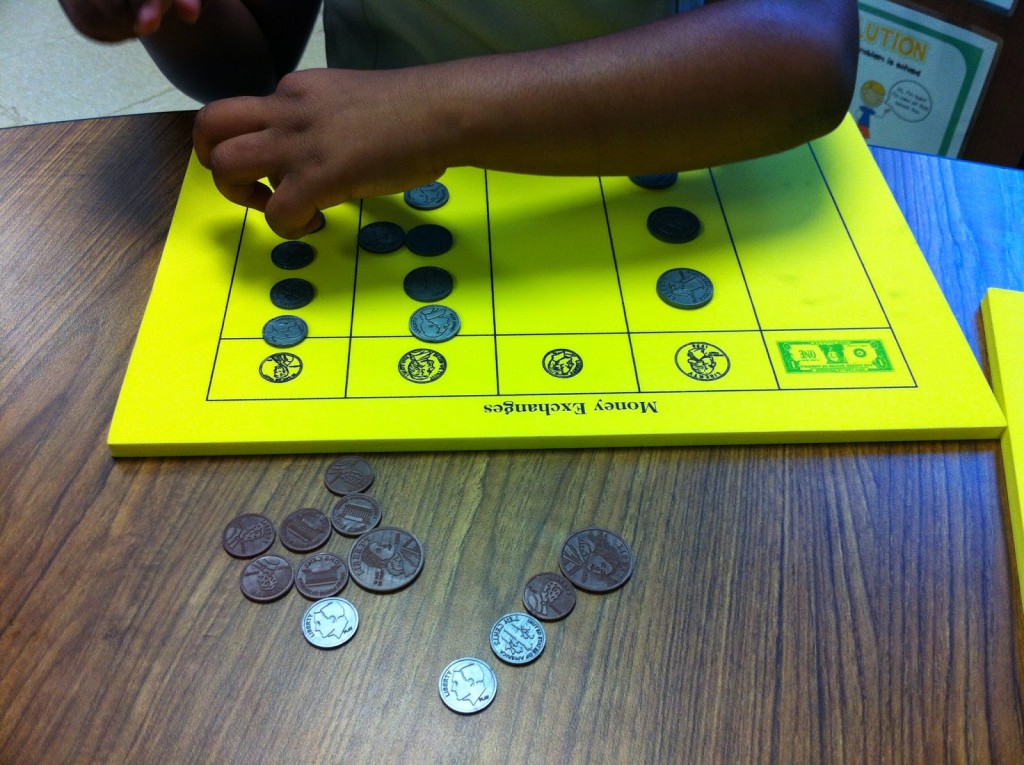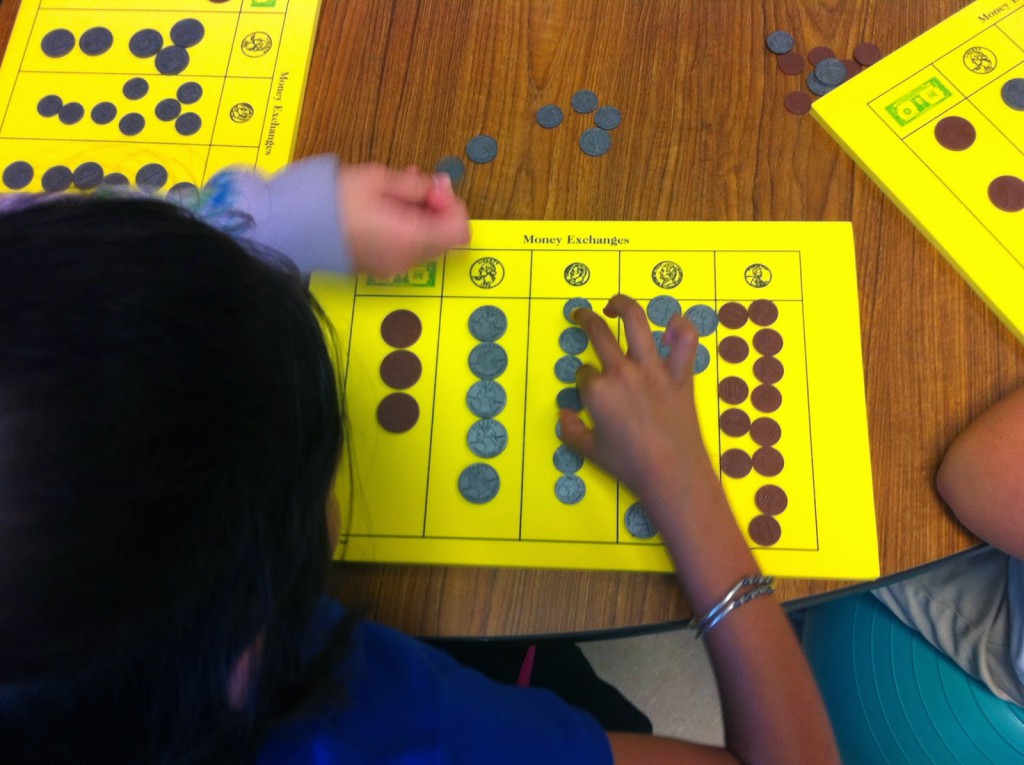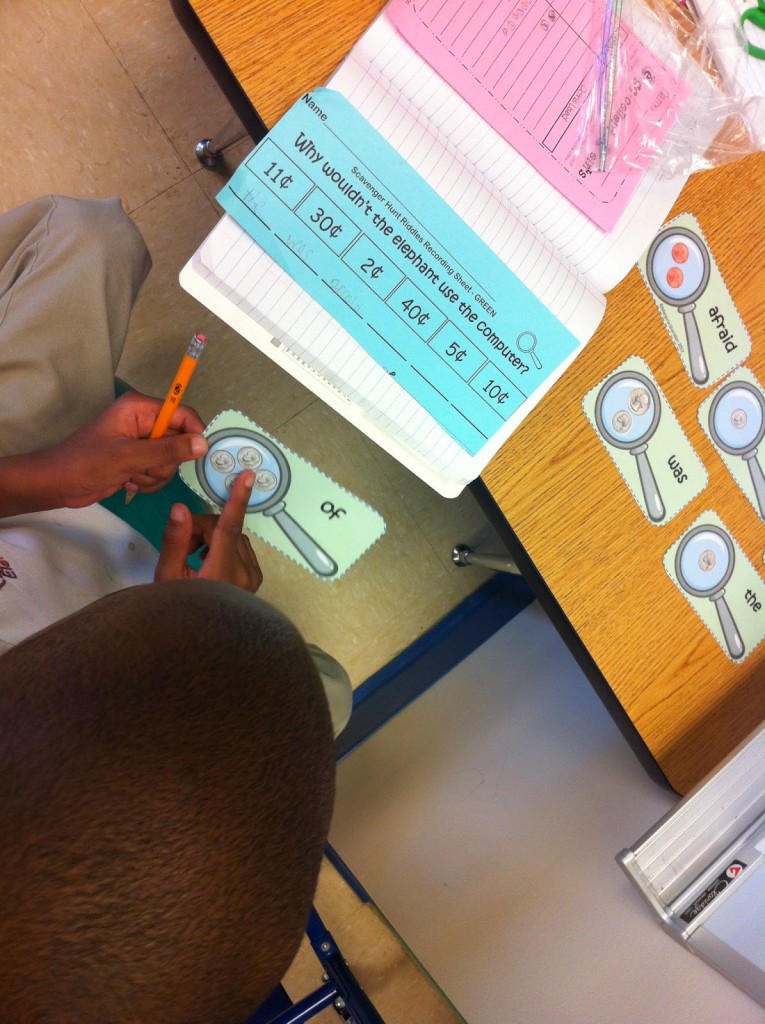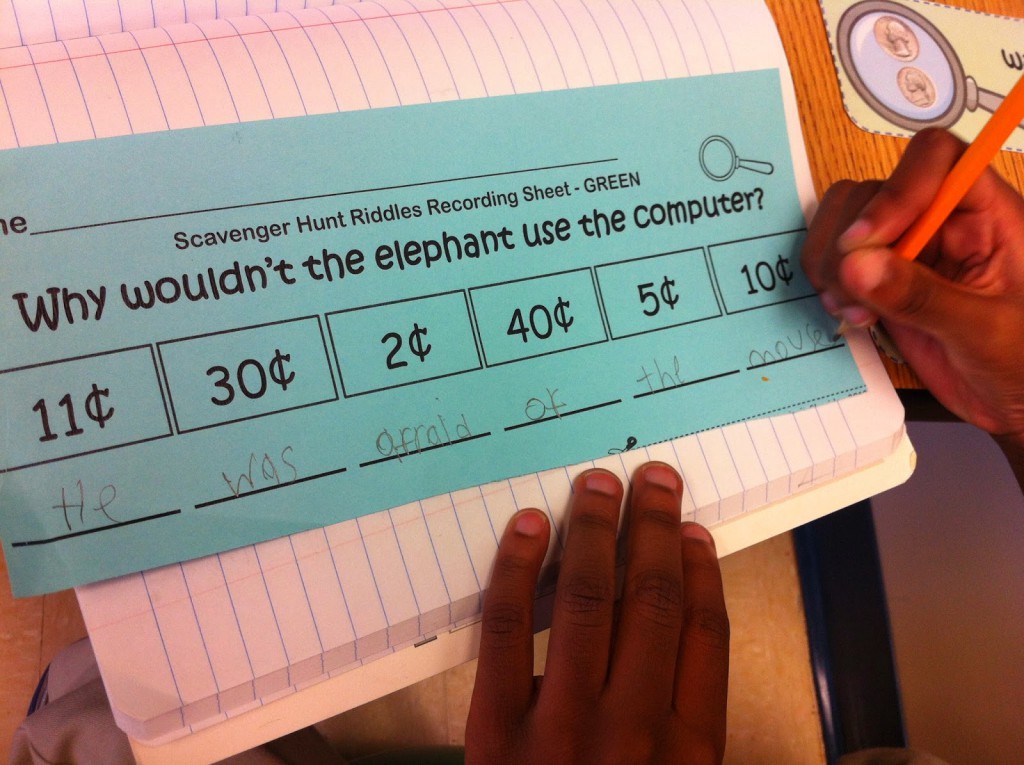This is perhaps the biggest debate in close reading. Period.
Here’s why in simple terms:
Teachers have sometimes given students SO much background knowledge, that they were able to answer questions about the text before even reading it! (I mean, really, that sounds just plain crazy!) What is the point in reading if they kids already know the answers? Boring to kids. Waste of time for teachers.
…in walks Common Core…
I have heard so many times that Common Core says a big fat “NO!” to background knowledge. This is not true by any means. But I do know where the idea stems from. Educators were afraid that TOO much background knowledge was given before reading. So they started encouraging teachers to pull back.
However, background knowledge has been proven to have an impact on student comprehension. Many researchers believe that you do not have to instruct kids on the topic before reading because it can be very easily done during reading. I agree with this. I would rather jump into reading and tackle questions as they come rather than spoon-feeding the kids before they have a chance to think!
It is important to:
-Set a purpose for reading
-Give definitions of unknown words that are essential to understanding the text
-Not tell the students what to expect from the reading
-Allow students to interact with the text.
-Address clarification as needed throughout.
Think about this:
“For the purposes of Close Reading, it is essential to distinguish between the background knowledge that is required to understand the text and the knowledge sought to be gained from reading the text” (Brown & Kappes, 2012).
Remember: Some students may only have to ADD information from the text to their schema (what they already know) so that they understand. On the other hand, some students will lack background knowledge and are less likely to accurately understand.
You know your students. You know what they have absolutely no clue about. You also know what they are familiar with. Use that to your advantage and help those who need it!
Keep reading to find out more about close reading – Complex Text & Text-dependent Questions


